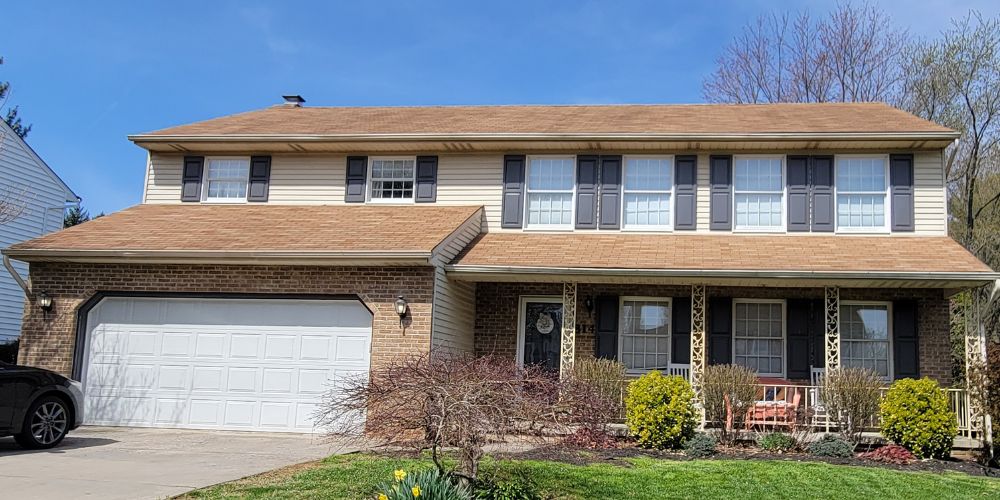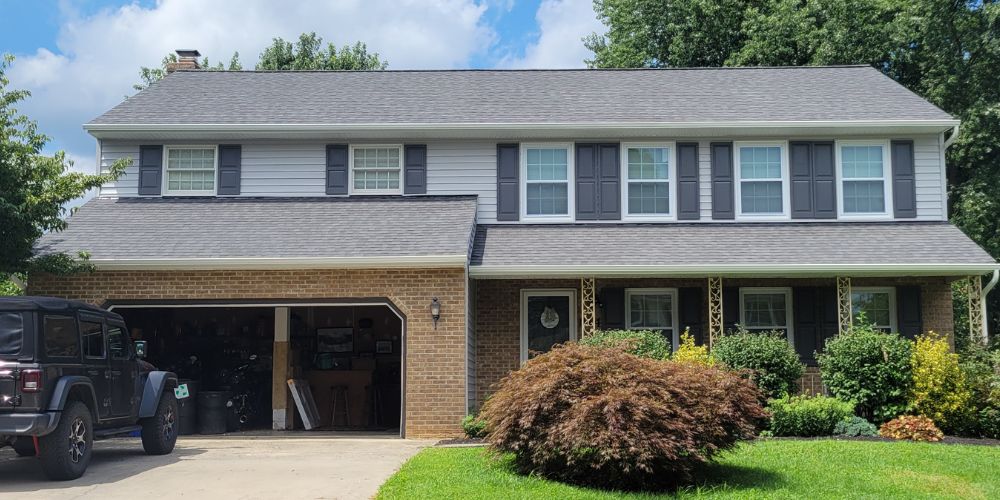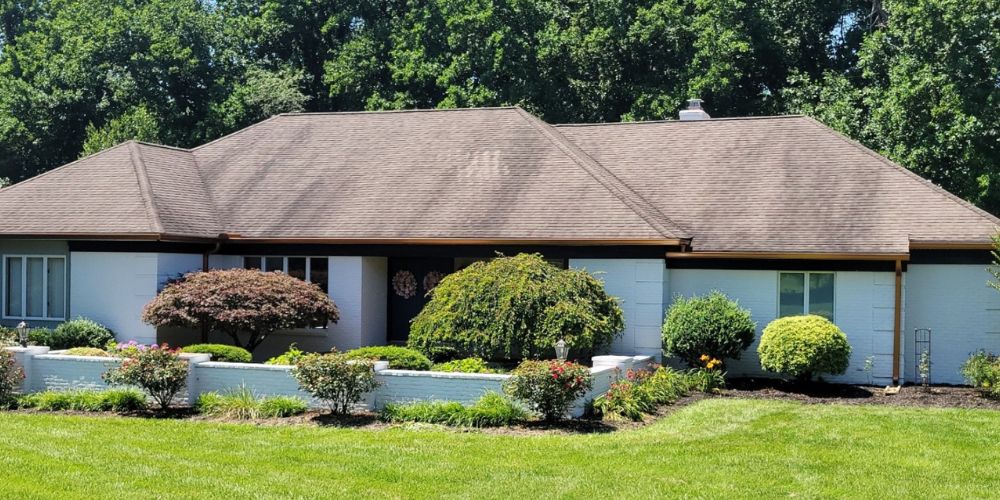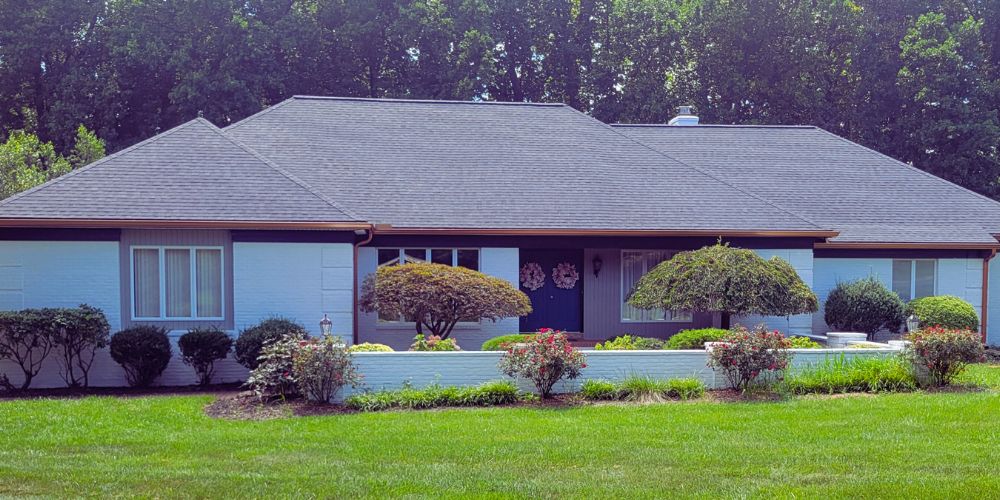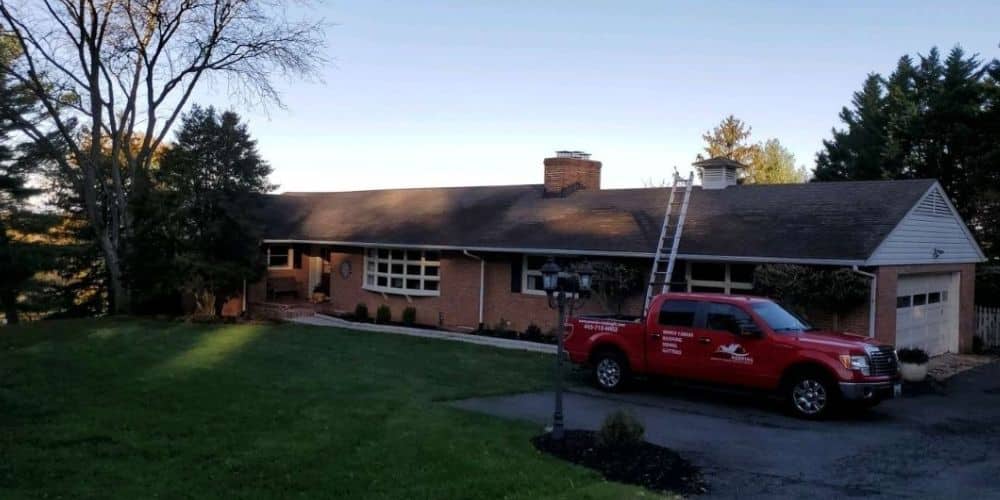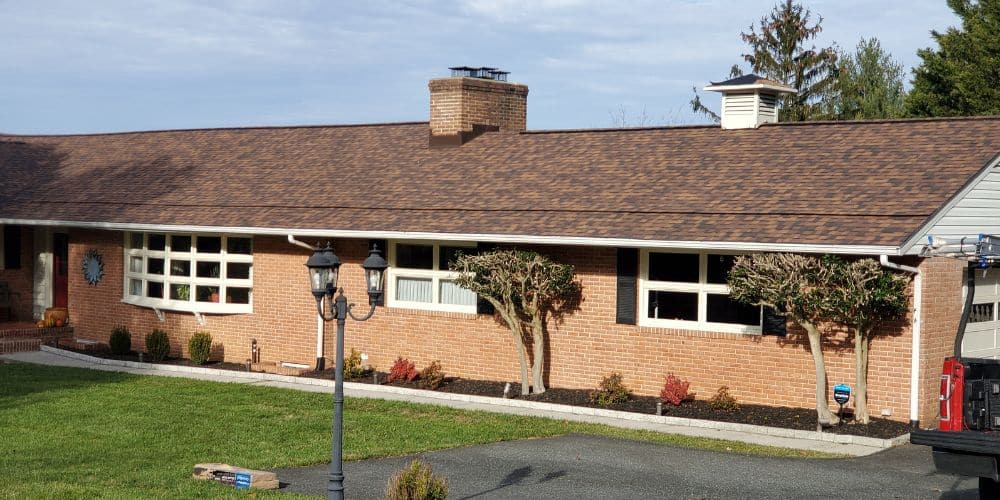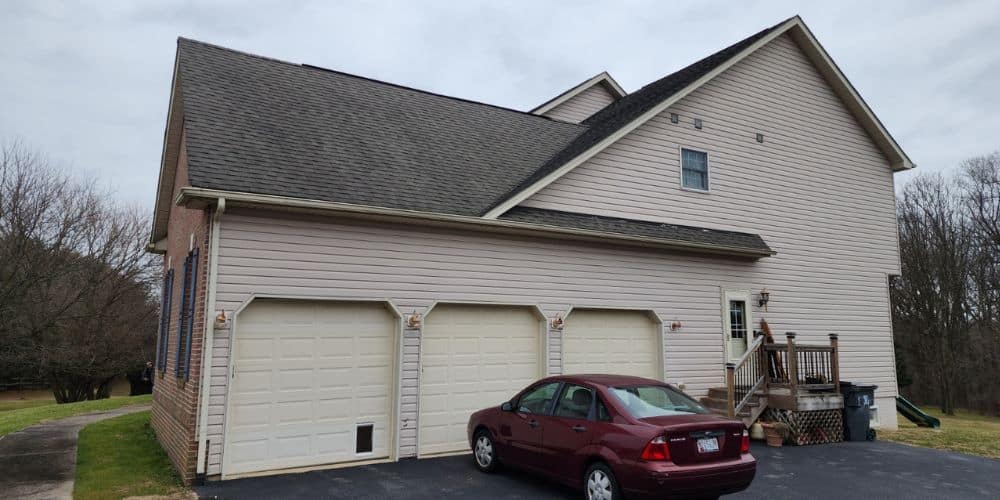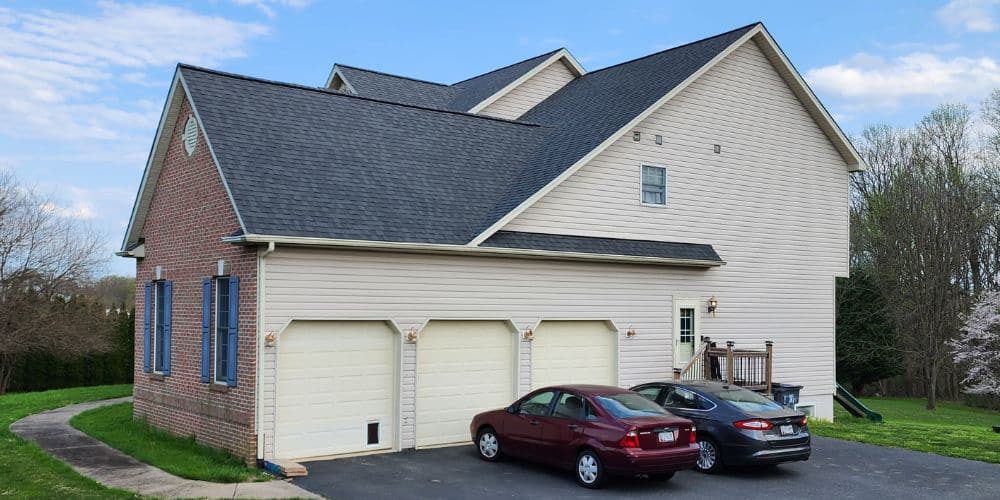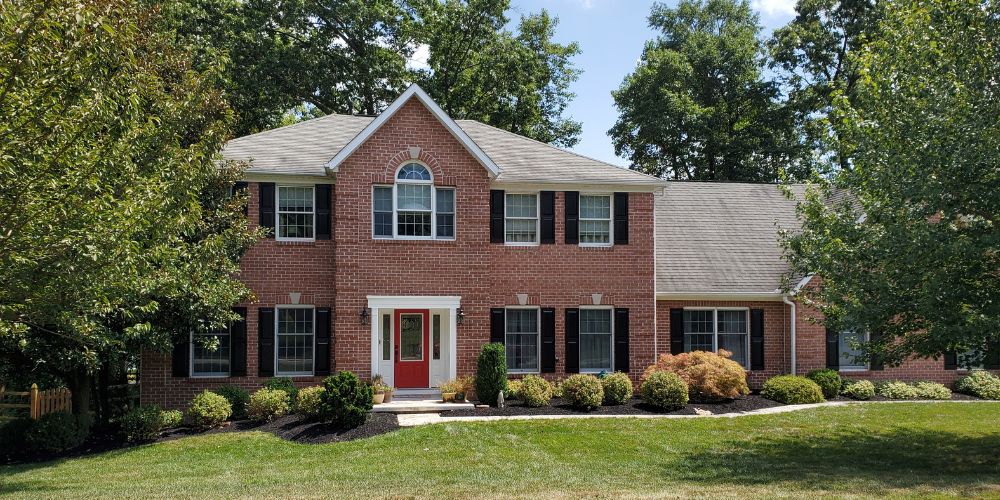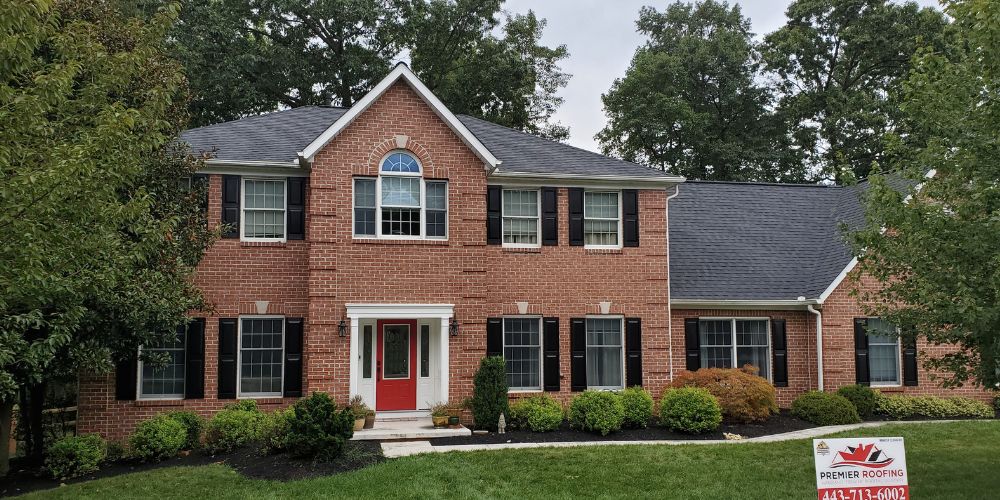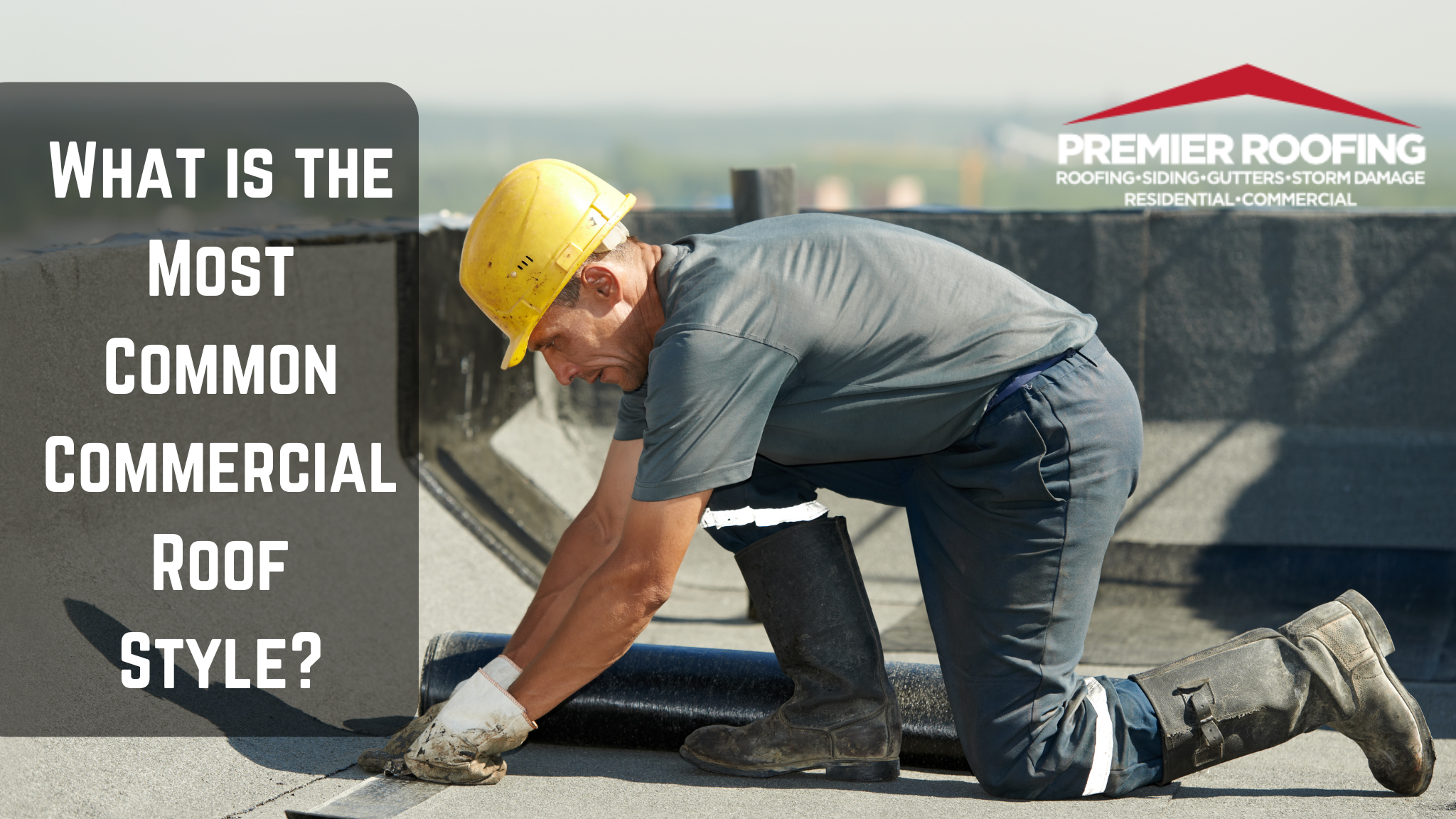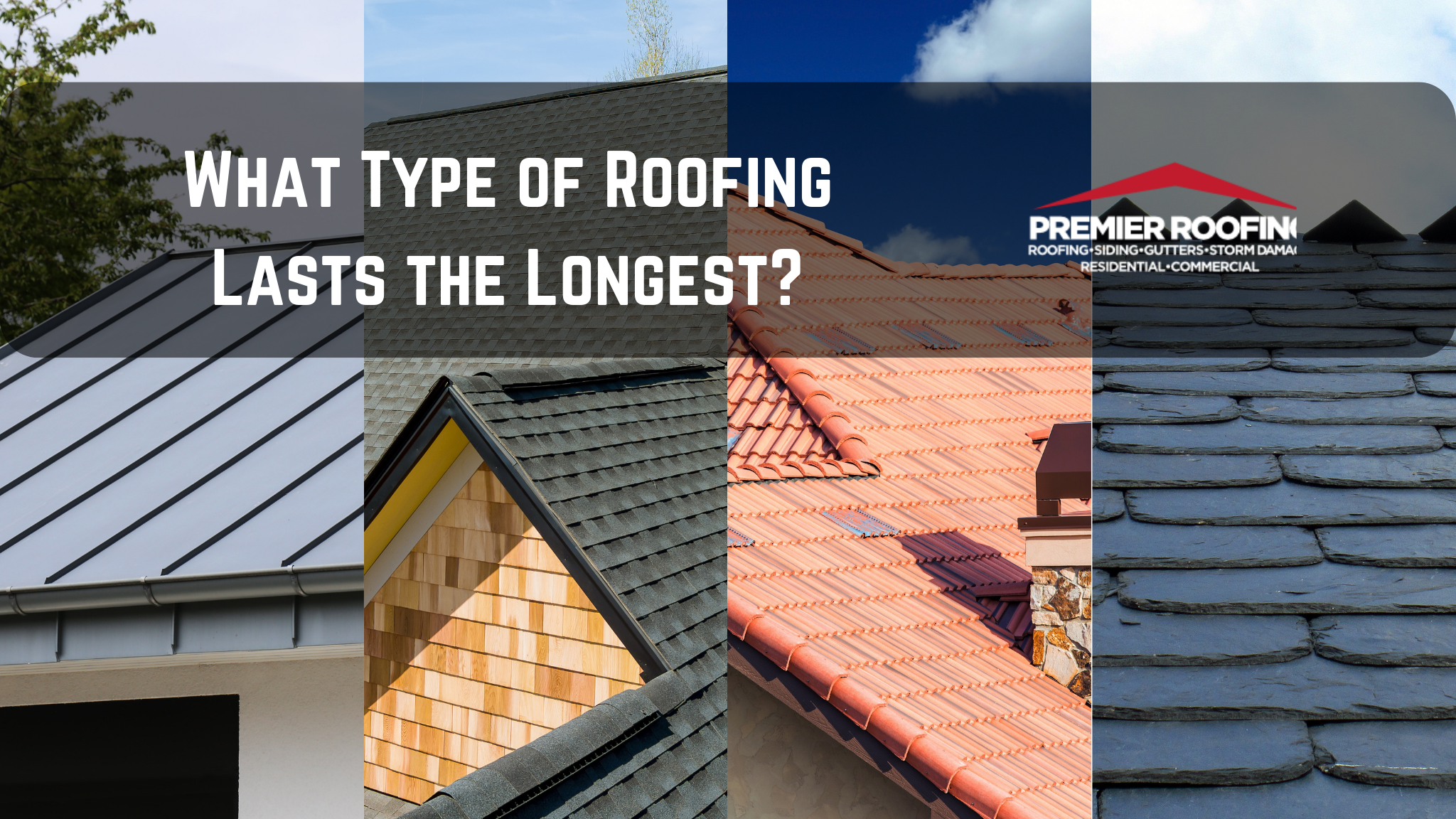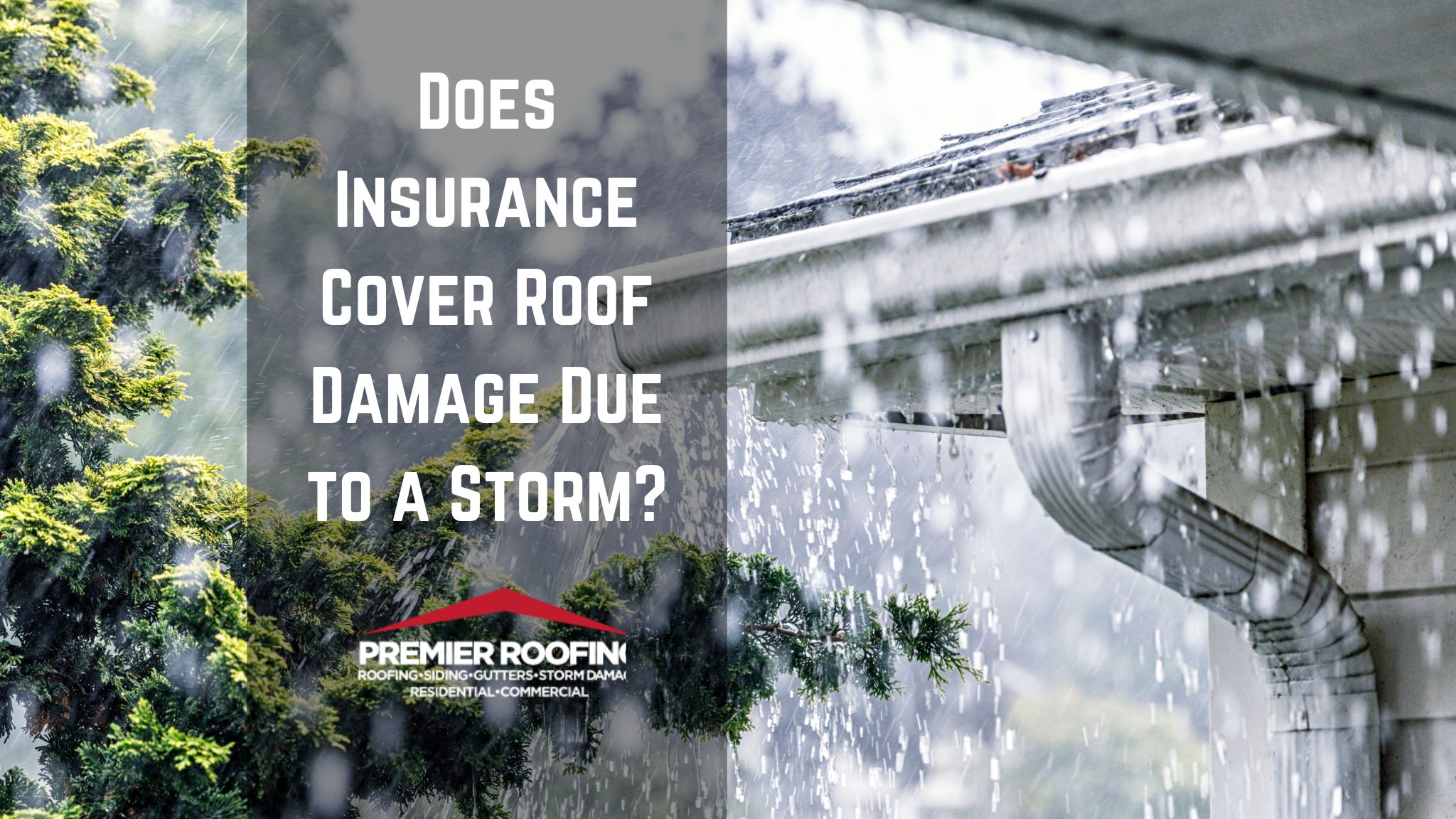
Does Insurance Cover Roof Damage Due to a Storm?
When a storm strikes, it can wreak havoc on your property, especially your roof. Understanding whether insurance covers roof storm damage is crucial for homeowners.
Understanding Roof Storm Damage
Roof storm damage can arise from a variety of weather conditions, including high winds, hail, and heavy rain. These elements can cause different forms of damage such as missing shingles, leaks, and structural issues. Being aware of the types of damage that can occur will prepare you to address any potential claims with your insurance provider effectively.
Common Types of Storm Damage:
- 1
Wind Damage: High winds can strip away shingles, exposing your roof to further damage. If the protective layer is compromised, your home can face leaks and subsequent water damage.
- 2
Hail Damage: Hail can leave visible dents and punctures in your roofing materials, which may not be readily apparent until after a storm has passed.
- 3
Water Damage: Heavy rainfall can lead to water pooling on your roof or, if the drainage system is overwhelmed, water may infiltrate the home, leading to structural damage.
Insurance Policies and Roof Damage
Whether or not your insurance will cover roof storm damage largely depends on the specifics of your policy. It’s imperative to review your homeowner’s insurance policy for coverage details.
Types of Coverage:
- 1
Actual Cash Value (ACV): This coverage pays out the current market value of your roof, taking into account depreciation. If your roof is ten years old, the payout may reflect its reduced value rather than the cost of a new roof.
- 2
Replacement Cost Value (RCV): This type of coverage replaces your roof without factoring in depreciation, allowing you to receive enough funds to install a new roof comparable to the old one.
Potential Exclusions:
Many insurance policies have exclusions or limits concerning roof damage claims. For instance, if your roof was already in disrepair before the storm, the insurer might deny your claim. Furthermore, some policies may exclude damage from maintenance neglect or wear and tear.
Navigating the Claims Process
When dealing with roof storm damage, there are pivotal steps to take to ensure you maximize your benefits from the insurance policy.
- 1Document the Damage: Begin by thoroughly documenting the damage. Take photographs and make a list of affected areas. This step will be crucial when filing your claim.
- 2Contact Your Insurer: Reach out to your insurance provider to inform them about the damage and start the claims process. Ask the insurer to send an adjuster to assess the damage.
- 3Hire a Professional Roofer: Engaging a professional roofer in Bel Air, MD, can be beneficial. Not only can they assist with the repair, but they can also provide a detailed report on the storm damage, which can be useful when negotiating with your insurance company.
The Role of Professional Roofers
Choosing a skilled roofer in Bel Air, MD, is essential after storm damage. Not only will they help restore your roof, but they can also guide you through the insurance claim process.
Choosing the Right Roofer:
- 1
Licensing and Insurance: Ensure they are properly licensed and insured.
- 2
Experience: Look for a contractor who has experience dealing with storm damage.
- 3
References: Ask for references or check reviews to gauge their reliability and quality of work.
Understanding whether insurance covers roof storm damage can provide peace of mind when Mother Nature strikes. Homeowners should be proactive in assessing their insurance policies, clearly documenting any storm damage, and engaging a professional roofer in Bel Air, MD, to assist with repairs and claims. By taking these steps, you’ll be better equipped to handle the aftermath of any storm and ensure your home remains a safe haven. Always remember that being informed is your best defense when navigating the complex waters of insurance claims related to storm damage. Visit our Storm Damage page for more information.
View Our Work
Reach out today for a free estimate.

